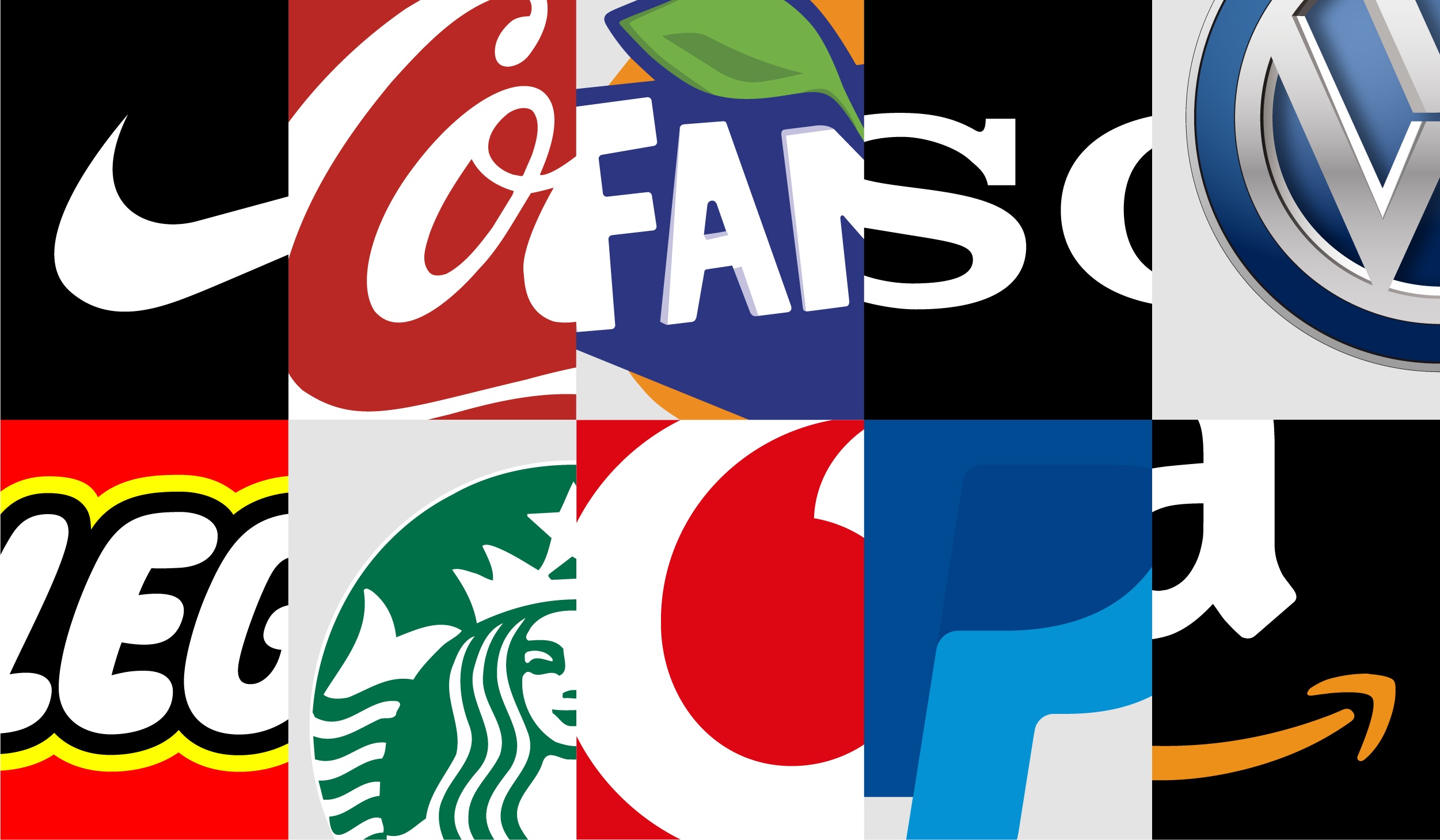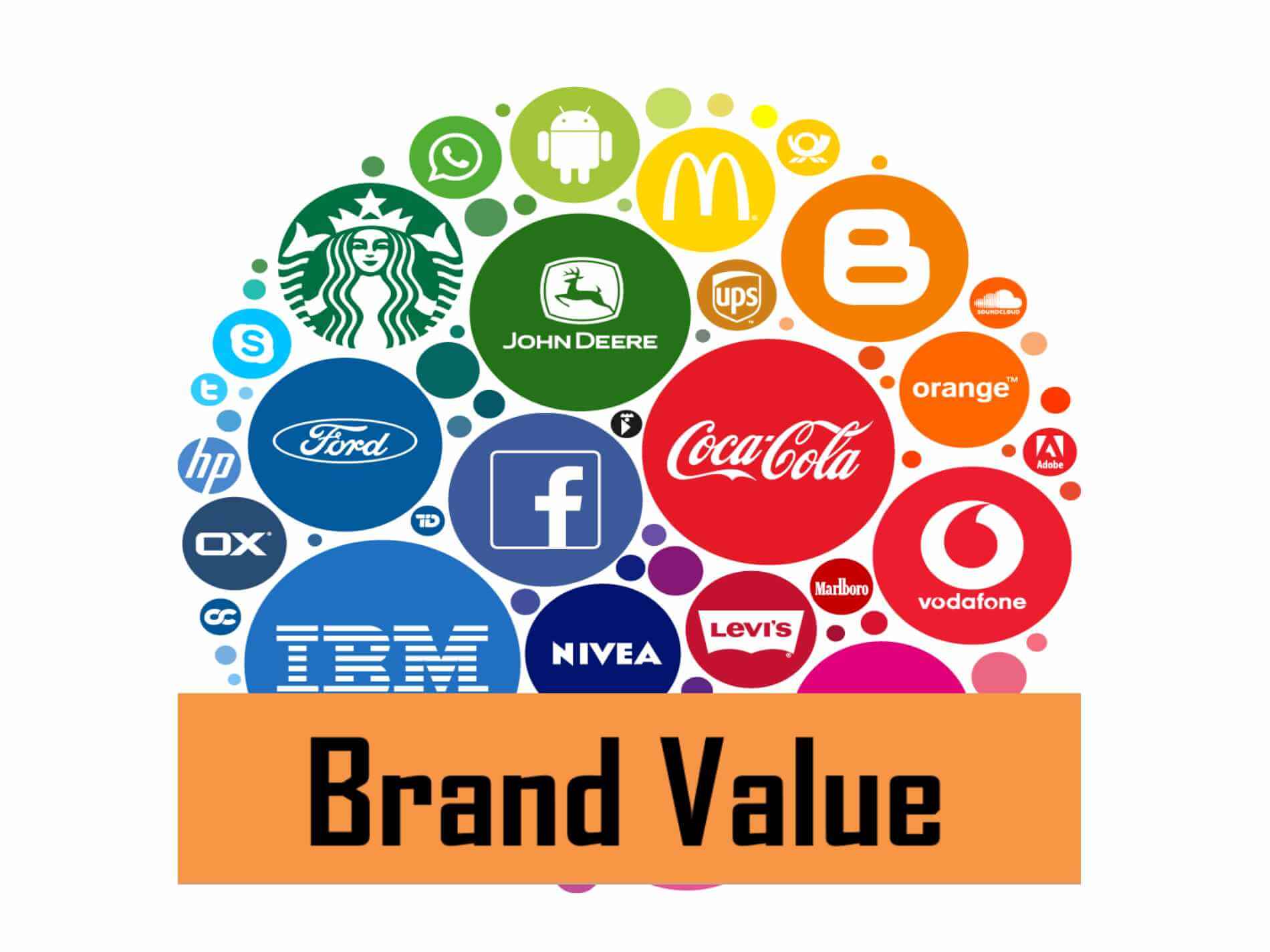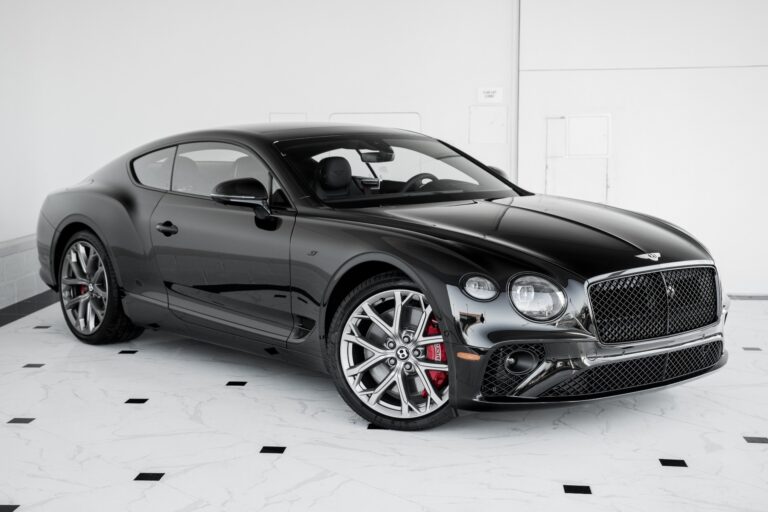Brand New Cars Under $10k: A Comprehensive Guide to Reality and Alternatives
Brand New Cars Under $10k: A Comprehensive Guide to Reality and Alternatives cars.truckstrend.com
In the landscape of modern automotive retail, the phrase "Brand New Cars Under $10k" often evokes a sense of nostalgia for a bygone era. It’s a highly sought-after ideal, representing the pinnacle of affordable, worry-free personal transportation. The allure is undeniable: the pristine condition, the factory warranty, the latest safety features (or at least, the most basic ones), and that unmistakable "new car smell," all without breaking the bank. For many, a sub-$10,000 new car signifies financial freedom, a reliable commute, or even a first step into car ownership without the inherent risks of buying used.
However, the harsh reality of today’s market is that truly "brand new" cars with an MSRP (Manufacturer’s Suggested Retail Price) of under $10,000 are, for all practical purposes, non-existent. Economic shifts, inflation, escalating production costs, stringent safety regulations, and the integration of even basic technology have collectively pushed entry-level vehicle prices well beyond this threshold. This article aims to provide a comprehensive and realistic guide for those searching for a "brand new car under $10k," dissecting why this dream is largely unattainable and, more importantly, outlining the most viable and smart alternatives for budget-conscious buyers seeking reliable transportation within this price range.
Brand New Cars Under $10k: A Comprehensive Guide to Reality and Alternatives
The Vanishing Act: Why Brand New Cars Under $10k Are a Myth (Mostly)
Understanding why the sub-$10k new car has disappeared requires a look at several interconnected factors that have reshaped the automotive industry:
- Rising Production Costs: From raw materials like steel, aluminum, and rare earth metals to the complex electronic components found in every modern vehicle, manufacturing costs have steadily climbed. Labor costs, energy prices, and the sheer complexity of modern assembly lines also contribute significantly.
- Safety Regulations and Technology: Every new car sold in most developed markets must adhere to increasingly strict safety standards. This includes mandatory airbags (multiple, not just one or two), anti-lock braking systems (ABS), electronic stability control (ESC), rearview cameras, and increasingly, basic driver-assistance features. These aren’t optional extras anymore; they are integrated into the base cost of even the cheapest models, adding thousands of dollars to the price tag.
- Inflation and Economic Shifts: The general rise in the cost of living and doing business affects car prices just like everything else. What $10,000 could buy in 2005 is vastly different from what it buys today.
- Consumer Preferences and Market Shifts: There’s been a significant shift in consumer demand away from small, basic sedans and hatchbacks towards SUVs and crossovers, which are inherently more expensive to design and produce. Automakers have responded by discontinuing their ultra-budget models that once hovered near the $10k mark (e.g., Chevrolet Spark, older Mitsubishi Mirage trims). The Mitsubishi Mirage, often cited as the cheapest new car, typically starts around $16,000 MSRP for its most basic trim in recent years, well above the $10k target before destination fees, taxes, and other charges.
- Dealer Markups and Fees: Even if a manufacturer could theoretically produce a car with a $9,999 MSRP, the final "out-the-door" price would include mandatory destination charges (shipping from factory to dealer), dealer documentation fees, sales tax, and registration fees, immediately pushing the total well over $10,000.

In essence, the economic realities of manufacturing and selling a vehicle in the 21st century mean that the concept of a truly "brand new" car under $10,000 is, unfortunately, a relic of the past.
Redefining "New" for the Under $10k Budget: Realistic Alternatives
While a brand new car under $10k might be a unicorn, reliable, safe, and relatively modern transportation is achievable within this budget if you’re willing to redefine "new" to mean "new to you" or "new-ish." The key lies in exploring the robust used car market.
1. Certified Pre-Owned (CPO) Vehicles: The Closest You’ll Get to "New"

Certified Pre-Owned (CPO) vehicles offer an excellent middle ground between a brand new car and a standard used car. While they won’t be under $10k for recent model years, older CPO models (typically 5-7 years old) can sometimes fall within this budget.
- What they are: Used vehicles, usually from franchised dealerships, that have undergone a rigorous multi-point inspection by factory-trained technicians. They typically have lower mileage and a clean vehicle history report.
- Benefits:
- Manufacturer-backed Warranty: This is the biggest selling point, often extending the original factory warranty or providing a new limited warranty, offering peace of mind similar to a new car.
- Quality Assurance: The inspection process aims to catch and fix potential issues before sale.
- Roadside Assistance: Often included.
- Special Financing: Sometimes available.

- Likely Candidates Under $10k (Older CPO Models): Look for reliable compacts and subcompacts that have been well-maintained.
- Toyota Yaris/Corolla (e.g., 2012-2016 models): Known for legendary reliability and low running costs.
- Honda Fit/Civic (e.g., 2012-2016 models): Excellent fuel economy, dependable, and often hold their value well.
- Hyundai Accent/Elantra (e.g., 2013-2017 models): Improved reliability in recent years, good features for the price.
- Kia Rio/Forte (e.g., 2013-2017 models): Similar to Hyundai, offering good value.
- Considerations: Even older CPO models might be at the higher end of the $10k budget, and selection can be limited.
2. Reliable Used Cars (Private Seller/Independent Dealership)
This is where the majority of your options will lie. The key to success here is thorough research, patience, and a non-negotiable pre-purchase inspection.
- Focus on Models Known for Longevity: Prioritize brands and models with a strong track record for reliability and low maintenance costs.
- Toyota Corolla/Camry: Unbeatable for durability and parts availability.
- Honda Civic/Accord: Similar to Toyota, excellent long-term value.
- Mazda 3/6: Often praised for their driving dynamics and solid build quality.
- Subaru Impreza/Legacy (older generations): Good for all-wheel drive, but maintenance can sometimes be pricier.
- Ford Focus/Fusion (certain years): Good value, but research specific model year transmission issues (especially with earlier automatic Focus/Fiesta models).
- Chevrolet Cruze/Malibu (certain years): Can offer good value if well-maintained.
- Tips for Buying Used:
- Pre-Purchase Inspection (PPI): Absolutely essential. Have an independent, trusted mechanic inspect the car before you buy it, even if it looks perfect. This can uncover hidden issues that could save you thousands.
- Vehicle History Report: Get a CarFax or AutoCheck report to check for accidents, flood damage, salvage titles, and service history.
- Service Records: Ask the seller for maintenance records. A car with a consistent service history is usually a better bet.
- Test Drive: Drive it thoroughly in various conditions (city, highway, bumps, turns). Test all features (AC, radio, windows, lights).
- Negotiate: Don’t be afraid to haggle on the price, especially if the PPI uncovers minor issues.
What to Look For When Buying a Car Under $10k (Used Focus)
When your budget is capped at $10,000, every dollar counts. Here’s what to prioritize:
- Reliability Over Features: A basic, reliable car that starts every time and has low running costs is far better than a feature-rich model constantly needing repairs. Research common issues for specific models and years.
- Maintenance Costs: Factor in the cost of routine maintenance and potential repairs. Some European luxury brands, even older models under $10k, can have prohibitively expensive parts and labor. Stick to brands known for affordable parts and widespread repair knowledge.
- Fuel Economy: This is a significant long-term cost. A car that gets 30 MPG will save you hundreds or even thousands of dollars over a few years compared to one that gets 20 MPG.
- Safety Features: While you won’t get cutting-edge ADAS (Advanced Driver-Assistance Systems), ensure the car has essential safety features like multiple airbags, anti-lock brakes (ABS), and electronic stability control (ESC). A clean title (not salvage or rebuilt) is also crucial for safety.
- Insurance Costs: Get insurance quotes before you buy. Older, less valuable cars often have lower premiums, but some models (e.g., those popular with younger drivers) can be more expensive to insure.
- Mileage vs. Age: A car with high mileage (e.g., 150,000+ miles) on a newer model (5-7 years old) might indicate heavy highway driving, which can be less wear-and-tear than city driving. Conversely, a very old car (15+ years) with exceptionally low mileage might have issues from sitting too much (e.g., dried out seals, rust). A balance, often around 100,000-120,000 miles on a 7-10 year old car, can be a sweet spot for value.
- Overall Condition: Look for signs of neglect, rust (especially in northern climates), fluid leaks, strange odors, and dashboard warning lights. A well-maintained exterior and interior often indicate a well-maintained engine.
The Buying Process for Budget-Conscious Buyers
Navigating the used car market under $10,000 requires a strategic approach:
- Set a Realistic "Out-the-Door" Budget: Remember, the $10,000 needs to cover the car’s price, sales tax, registration fees, title transfer, and potentially an immediate maintenance item (like an oil change or new tires) identified by your PPI. Don’t forget insurance costs.
- Research, Research, Research:
- Use reputable sites like Edmunds, Kelley Blue Book (KBB), Consumer Reports, and JD Power for reliability ratings and common issues.
- Check online forums for specific models you’re considering to learn about owner experiences and potential pitfalls.
- Use KBB.com or Edmunds.com to get a fair market value for specific used vehicles based on year, mileage, and condition.
- Identify Potential Sources:
- Franchised Dealerships (Used/CPO): Offer CPO benefits and a more formal buying process, but prices might be slightly higher.
- Independent Used Car Dealerships: Wider selection, often more flexible pricing, but quality can vary greatly. Exercise extreme caution and always get a PPI.
- Private Sellers: Often the best prices as there’s no dealer markup. However, it requires more due diligence from the buyer (inspecting the car, verifying paperwork, meeting in a safe public place).
- Online Marketplaces: Sites like Autotrader, Cars.com, CarGurus, Craigslist, and Facebook Marketplace are essential tools.
- Inspect the Vehicle Thoroughly:
- Exterior: Look for mismatched paint (sign of accident repair), rust, uneven panel gaps, tire condition, working lights.
- Interior: Check for excessive wear, strange smells (mold, smoke), working electronics, and clean titles.
- Under the Hood: Look for fluid leaks, frayed belts, corrosion, and general cleanliness.
- Crucially: The Pre-Purchase Inspection (PPI). Spend $100-$200 for a mechanic to put the car on a lift and check it thoroughly. This is the single most important step.
- Test Drive: Don’t just drive around the block. Take it on the highway, over bumps, practice parking, and test all gears (if manual). Listen for unusual noises (clunks, squeals, grinding).
- Negotiate: Be polite but firm. Have your research ready. If buying from a dealer, be prepared to walk away if the price isn’t right. For private sellers, they often have more flexibility.
- Complete Paperwork Carefully: Ensure the title is clear and signed correctly, get a bill of sale, and understand all sales agreements. Verify the VIN (Vehicle Identification Number) matches on all documents.
Illustrative Examples of Reliable Used Cars Often Found Under $10,000 (Not Brand New)
As established, truly brand new cars under $10,000 do not exist. This table provides examples of popular and reliable used car models that frequently appear in the sub-$10,000 market, offering excellent value for budget-conscious buyers. Please note: Prices are approximate and depend heavily on mileage, condition, location, and specific trim levels.
| Make | Model | Typical Model Years (Under $10k) | Average Used Price Range (Under $10k) | Key Features/Benefits | Considerations |
|---|---|---|---|---|---|
| Toyota | Corolla | 2008-2015 | $5,000 – $9,500 | Legendary reliability, excellent fuel economy, low maintenance costs, widely available parts, good resale value. | Basic features, not exciting to drive, older models may lack modern tech. |
| Honda | Civic | 2008-2015 | $5,500 – $9,800 | Reliable, fuel-efficient, good driving dynamics, practical interior, strong resale value. | Can be slightly more expensive than a comparable Corolla, some specific model years (e.g., 2006-2011) had minor issues (e.g., engine block cracks, though mostly resolved). |
| Mazda | 3 | 2009-2015 | $4,500 – $9,000 | Engaging driving experience, stylish design, good reliability (especially with Skyactiv engines), quality interior. | Older models might have rust issues in certain climates, Skyactiv engines (post-2012) are more desirable for efficiency. |
| Hyundai | Elantra | 2011-2016 | $4,000 – $8,500 | Good value, stylish design, decent fuel economy, comfortable ride, improved reliability over older Hyundai models. | Earlier models might not have the same long-term reliability as Toyota/Honda, check for engine recalls on specific years. |
| Kia | Forte | 2010-2016 | $3,800 – $8,000 | Similar to Elantra, good features for the price, attractive design, competitive warranty when new (not applicable to used). | Similar reliability considerations to Hyundai, ensure proper maintenance history. |
| Toyota | Yaris | 2008-2016 | $3,500 – $7,500 | Extremely reliable, excellent fuel economy, very compact and easy to park, low running costs. | Very basic, limited cargo space, not powerful, can feel spartan. |
| Honda | Fit | 2009-2014 | $4,000 – $8,000 | Incredible interior versatility ("Magic Seats"), great fuel economy, reliable, surprisingly spacious for its size. | Can be hard to find at lower prices due to high demand, some road noise at highway speeds. |
| Ford | Focus | 2012-2015 | $3,000 – $7,000 | Good driving dynamics, fuel-efficient (manual transmission), comfortable ride, modern interior for its time. | Crucial: Avoid automatic (PowerShift) transmissions in 2012-2016 models due to widespread reliability issues; manual transmission versions are generally fine. Research thoroughly. |
| Nissan | Versa | 2010-2016 | $3,000 – $7,000 | One of the cheapest used options, decent interior space, good fuel economy (especially with CVT). | CVT transmissions can be problematic in some older Nissan models (research specific year/model reliability), very basic driving experience, not known for long-term durability as much as Toyota/Honda. |
Frequently Asked Questions (FAQ)
Q1: Are there any new cars truly under $10,000 in the current market?
A1: No, unfortunately, there are no brand new cars with an MSRP under $10,000 available for sale in the United States or most developed markets today. Even the cheapest new cars, like the Mitsubishi Mirage, start well above $15,000 before taxes and fees.
Q2: What’s the closest I can get to a "new car" experience for under $10k?
A2: Your best bet is to look for Certified Pre-Owned (CPO) vehicles that are 5-7 years old. While not "new," they come with a manufacturer-backed warranty, have passed rigorous inspections, and typically have lower mileage than a standard used car.
Q3: What are the most reliable used cars I can buy for under $10,000?
A3: Japanese brands like Toyota (Corolla, Camry, Yaris) and Honda (Civic, Accord, Fit) are consistently ranked among the most reliable. Mazda 3 and some Hyundai/Kia models (Elantra, Forte, Accent, Rio) from the early to mid-2010s also offer good reliability and value.
Q4: Should I buy a used car from a private seller or a dealership (used/CPO)?
A4:
- Private Seller: Often offers the lowest prices because there’s no dealer markup. However, it requires more buyer diligence (arranging PPI, verifying title, no warranty).
- Dealership (Used/CPO): Prices may be slightly higher, but they often offer financing options, a more formal buying process, and CPO benefits (warranty, inspection) for CPO vehicles. Independent used car lots vary greatly in quality; always get a PPI.
Q5: What is a "Pre-Purchase Inspection" (PPI) and why is it important for cars under $10k?
A5: A PPI is when you pay an independent, certified mechanic to thoroughly inspect a used car you’re considering buying before you finalize the purchase. It’s crucial for cars under $10k because these vehicles are older and more likely to have underlying issues. A PPI can uncover hidden problems (e.g., rust, fluid leaks, worn components, accident damage) that could save you thousands in future repairs or prevent you from buying a lemon. It’s a small investment (typically $100-$200) that offers immense peace of mind.
Q6: How much should I budget beyond the car’s sticker price for a used car under $10k?
A6: Always factor in additional costs:
- Sales Tax: Varies by state (e.g., 0% to 10%+).
- Registration & Title Fees: Varies by state, typically a few hundred dollars.
- Insurance: Get quotes before buying, as premiums vary widely.
- Pre-Purchase Inspection (PPI): ~$100-$200.
- Immediate Maintenance: Budget a few hundred dollars for an initial oil change, tire rotation, or minor repairs a PPI might recommend.
- Contingency Fund: Have a small emergency fund (e.g., $500-$1000) for unexpected issues that might arise shortly after purchase.
Conclusion
The dream of purchasing a truly "brand new car under $10k" has, unfortunately, faded into automotive history. The economic realities of manufacturing, safety regulations, and technological integration have collectively pushed entry-level vehicle prices far beyond this once-common threshold. However, this doesn’t mean that reliable, safe, and affordable transportation is out of reach for the budget-conscious buyer.
By understanding the current market and pivoting your search towards the robust used car segment, particularly reliable models from reputable manufacturers, you can find excellent value. Focusing on well-maintained used cars, diligently performing pre-purchase inspections, and being patient in your search are the keys to success. While you might not get that "new car smell" from the factory, you can certainly acquire a "new-to-you" vehicle that offers dependability and peace of mind without breaking the bank. Your $10,000 budget, when approached smartly, is more than capable of securing a fantastic and reliable vehicle that meets your needs.





